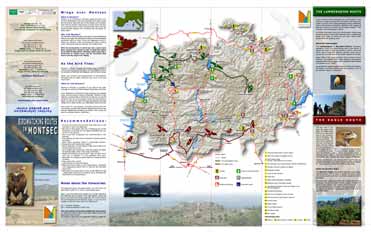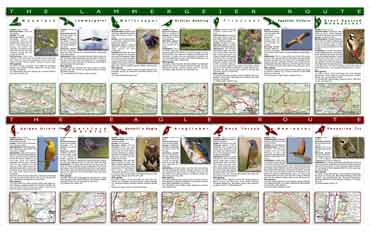Roller in Spain needs home
Because of rising house prices in Spain, exacerbated by last year’s mortgage crisis and the slump in the construction trade decent affordable accommodation is getting hard to find. That’s especially so in the countryside and for new arrivals attempting to make themselves a home where they can raise a family. By means of illustration take a look at this notice found hanging on an almond tree in the drylands of Bellmunt:
“Fertile adult female Roller seeking dazzling adult male Roller. Must be home owner, preferably of sizeable hole in old tree, although new nest box also accepted. Ability to catch large insects and lizards and to carry out aerial displays will also be valued, although home ownership is a pre-requisite for breeding consent. Non-territorial male Rollers, and all female Rollers, please abstain.”
Luckily Rollers can still be seen in the drylands of Bellmunt, as well as in other dryland areas around Lleida, although decent nest sites are obviously scarce. Apart from the extent of suitable habitat, this is probably the single most important factor limiting the size of the Roller populations in northeast Spain.
Birders who have visited Extremadura are probably familiar with the nest boxes located on telegraph poles by the side of the road in certain areas. These nest boxes are largely aimed at Rollers and have been very successful. Isn’t it time to follow their example and put up some nest boxes for the Rollers reaching northeast Spain every spring?
This year’s breeding season is well under way, but it’s never too late to plan ahead and prepare to set up some Roller nest boxes before the drylands get plastered with signs like the one above.


